Rising Vehicle Production
The increasing production of vehicles is a primary driver for the Automotive Headlamp Reflector Market. As manufacturers ramp up output to meet consumer demand, the need for high-quality headlamp reflectors becomes more pronounced. In recent years, vehicle production has shown a steady upward trend, with millions of units produced annually. This surge in production directly correlates with the demand for automotive lighting components, including headlamp reflectors. The automotive sector's growth, particularly in emerging markets, further fuels this demand. As more vehicles hit the roads, the necessity for effective lighting solutions, which enhance safety and visibility, becomes critical. Consequently, the Automotive Headlamp Reflector Market is poised for expansion, driven by the robust vehicle production landscape.
Regulatory Standards for Safety
Stringent regulatory standards regarding vehicle safety are significantly influencing the Automotive Headlamp Reflector Market. Governments worldwide are implementing regulations that mandate specific lighting performance criteria to enhance road safety. These regulations often require advanced reflector designs that improve light distribution and visibility. As a result, manufacturers are compelled to innovate and upgrade their headlamp reflector technologies to comply with these standards. The market is witnessing a shift towards reflectors that not only meet safety requirements but also offer improved energy efficiency. This regulatory push is likely to drive investments in research and development, fostering advancements in reflector technology. The Automotive Headlamp Reflector Market, therefore, stands to benefit from these evolving safety regulations, as compliance becomes a key factor for manufacturers.
Shift Towards Electric Vehicles
The transition towards electric vehicles (EVs) is reshaping the Automotive Headlamp Reflector Market. As the automotive landscape evolves, manufacturers are increasingly focusing on producing EVs, which often require specialized lighting solutions. The unique design and energy efficiency of headlamp reflectors in EVs are crucial for optimizing battery performance and extending vehicle range. This shift is not merely a trend; it represents a fundamental change in consumer preferences and regulatory frameworks. The growing popularity of EVs is expected to drive demand for innovative headlamp reflector technologies that align with sustainability goals. Consequently, the Automotive Headlamp Reflector Market is likely to experience growth as manufacturers adapt to the requirements of the electric vehicle segment, emphasizing efficiency and performance.
Technological Innovations in Lighting
Technological advancements in automotive lighting are a significant driver for the Automotive Headlamp Reflector Market. Innovations such as adaptive lighting systems and LED technology are transforming how headlamp reflectors are designed and utilized. These advancements not only enhance visibility but also improve energy efficiency, which is increasingly important in today's automotive market. The integration of smart features, such as automatic beam adjustment and enhanced light distribution, is becoming more prevalent. As consumers demand higher performance and safety from their vehicles, manufacturers are investing in cutting-edge reflector technologies. This trend is likely to continue, with the Automotive Headlamp Reflector Market benefiting from ongoing research and development efforts aimed at creating more efficient and effective lighting solutions.
Consumer Demand for Enhanced Safety Features
The growing consumer demand for enhanced safety features in vehicles is a crucial driver for the Automotive Headlamp Reflector Market. As awareness of road safety increases, consumers are prioritizing vehicles equipped with advanced lighting systems that improve visibility during nighttime driving and adverse weather conditions. This demand is prompting manufacturers to focus on developing headlamp reflectors that provide superior light output and distribution. The market is responding to this trend by introducing reflectors that not only meet but exceed consumer expectations for safety and performance. Additionally, the emphasis on safety is influencing purchasing decisions, with consumers willing to invest in vehicles that offer advanced lighting technologies. Thus, the Automotive Headlamp Reflector Market is likely to thrive as manufacturers align their product offerings with consumer preferences for enhanced safety.



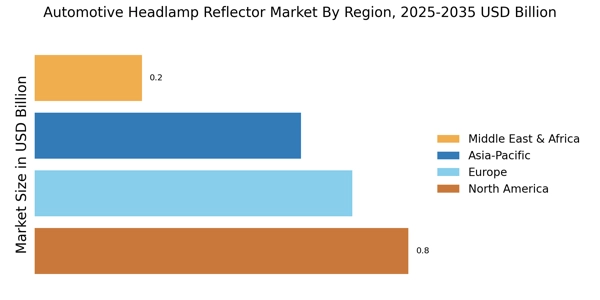
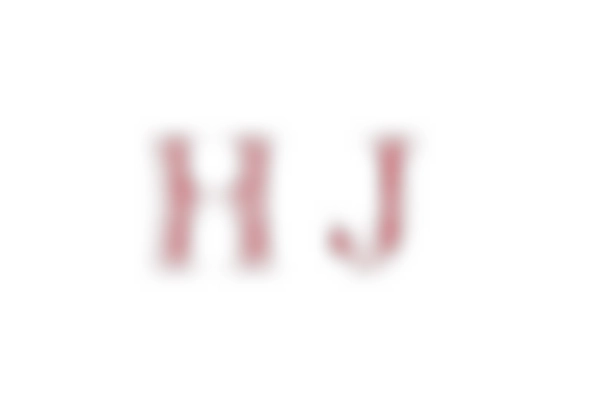
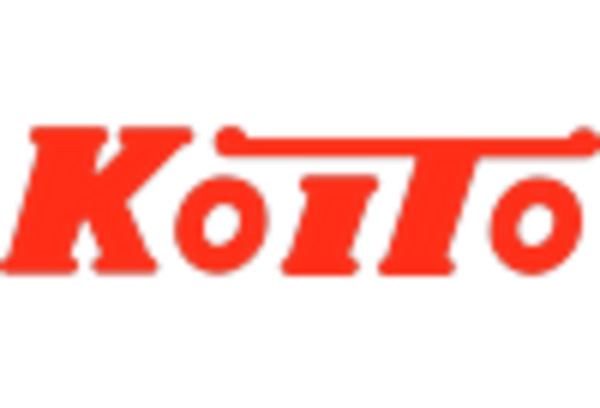
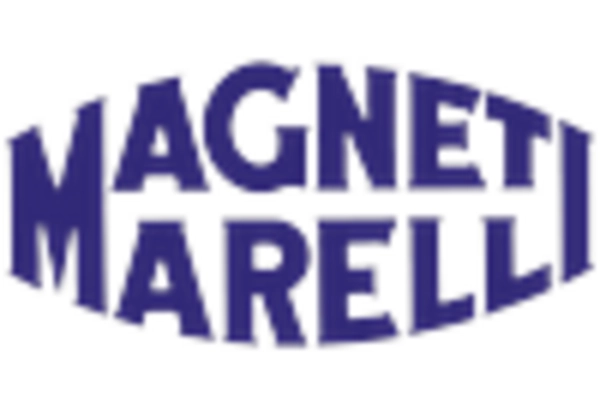
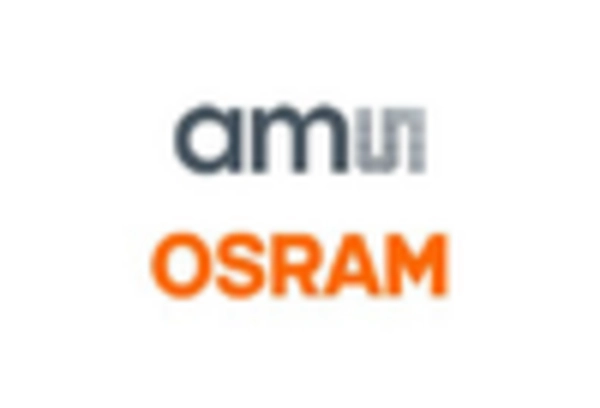
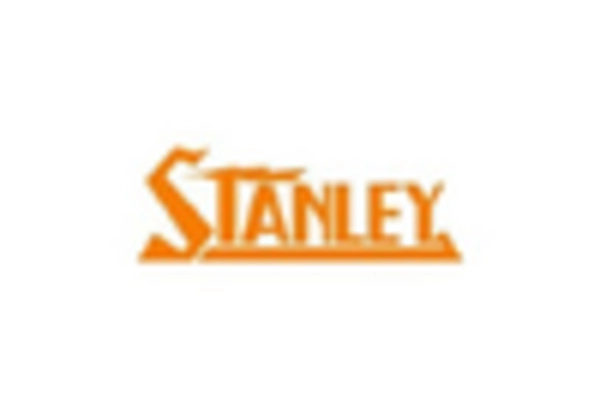
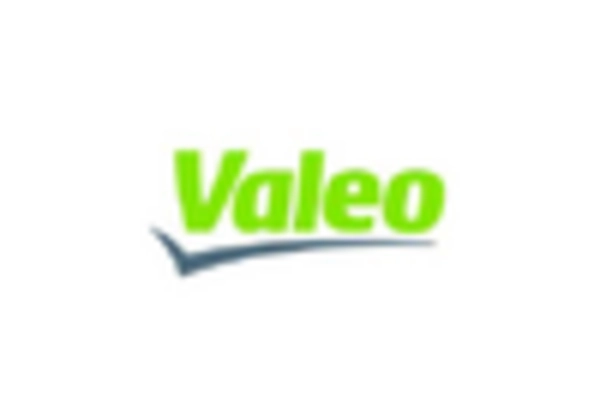








Leave a Comment